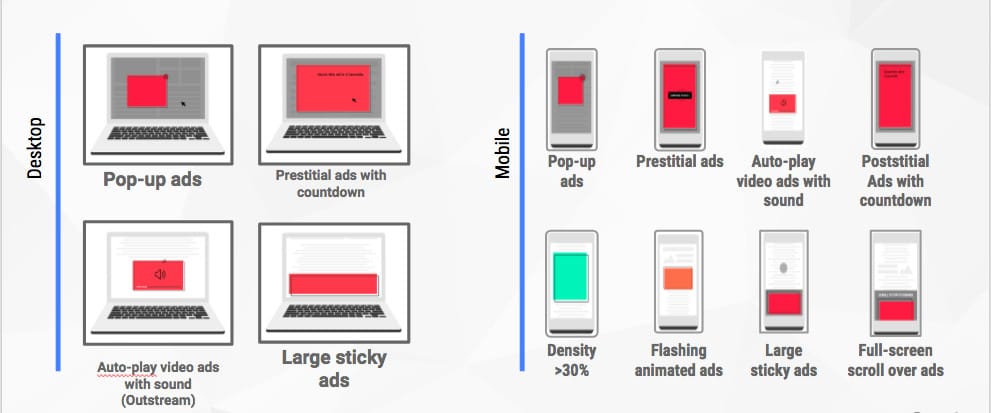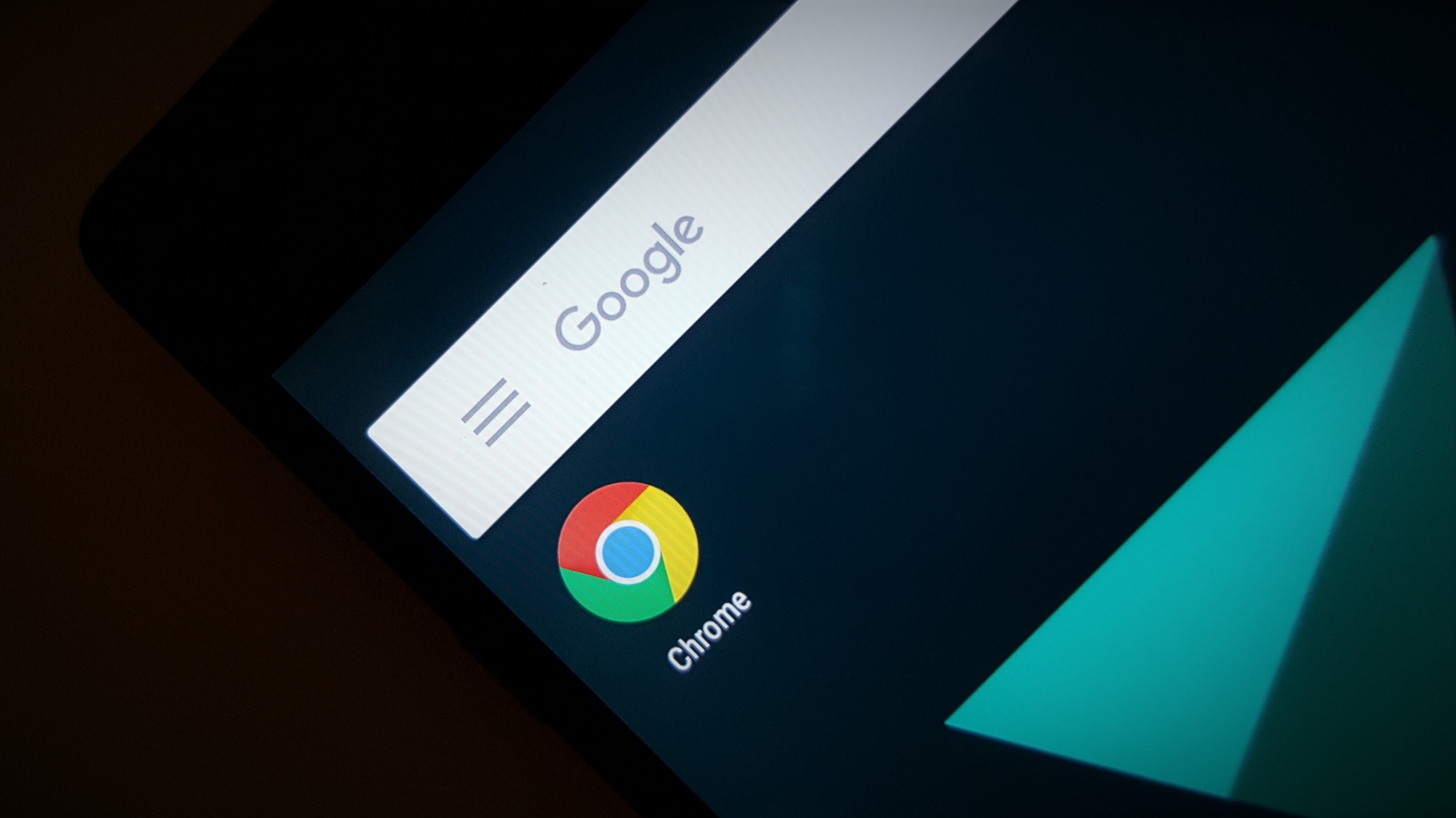Google will roll out an awesome Chrome ad blocker Thursday that takes aim at some of the most invasive forms of online advertising.
The new Chrome ad-blocking feature won’t annihilate ads entirely. But users won’t need to worry about full-page ads, ads with auto-playing sound and video, or flashing ads anymore.
Even some of the best websites run hugely frustrating ads as they scramble to generate revenue in the cut-throat world of online publishing. If they’re not covering the content you want to see, they’re throwing video down your throat.
Chrome ad blocker will combat bad advertising
Google wants to put a stop to the worst offenders. The new Chrome feature launching tomorrow targets ads considered bad by standards set by the Coalition for Better Ads.
The process starts with evaluating sites for violations. Google takes a sample of pages. Depending on how many violations it finds, Google gives the site a status of “Passing,” “Warning” or “Failing.” Those that fail the evaluation will automatically find their ads blocked for Chrome users.
The block happens at the network level, Google explains. When you visit a site that fails the Better Ads Standards, any network requests on the page — like those for JavaScript or images — get checked against a list of known ad-related URL patterns. If there’s a match, Chrome blocks the request.
This prevents the ads from appearing on the mobile or desktop device. Visitors will see a small popup at the bottom of the screen that tells them ads have been blocked. They will have the option to allow all ads on individual sites if they really want to.
Apple has taken its own steps to combat intrusive ads and the tracking technologies that underlie most online advertising. In iOS 9, Apple enabled third-party Content Blockers that can scrub ads from mobile sites. And in Safari 11, Apple rolled out Intelligent Tracking Prevention to boost online privacy.
Services like Punish Website and Unobstruct expanded the war on bad ads and user-unfriendly web design.
What are bad ads, according to Google ad blocker?
Google explains exactly what type of ads it considers bad in the graphic below. On mobile, they’re ads that pop up on screen when you visit a site, those that automatically play sound or video, those that take up the whole screen, and those that flash with animations.

Photo: Google
Because Chrome won’t block all ads, your favorite sites won’t suffer if they adhere to the Better Ads Standards. Google says it will clearly explain to site owners why Chrome blocks their ads. Plus, the company says it will address specific violations so publishers can address them if they want to.
Site owners can also request that their site be re-reviewed after making any changes.
Sites are already improving
As of February 12, 42 percent of sites that previously fell short of the Better Ads Standards have resolved their issues and now receive passing scores, Google says. “This is the outcome we are were hoping for — that sites would take steps to fix intrusive ads experiences themselves and benefit all web users.”
This could turn out to be beneficial to site owners in the long run. Although they may see a decrease in ad views initially after removing intrusive ads, visitors might be less likely to need third-party ad blockers that eliminate everything.
Overall, this should be a huge win for everyone on the web.


